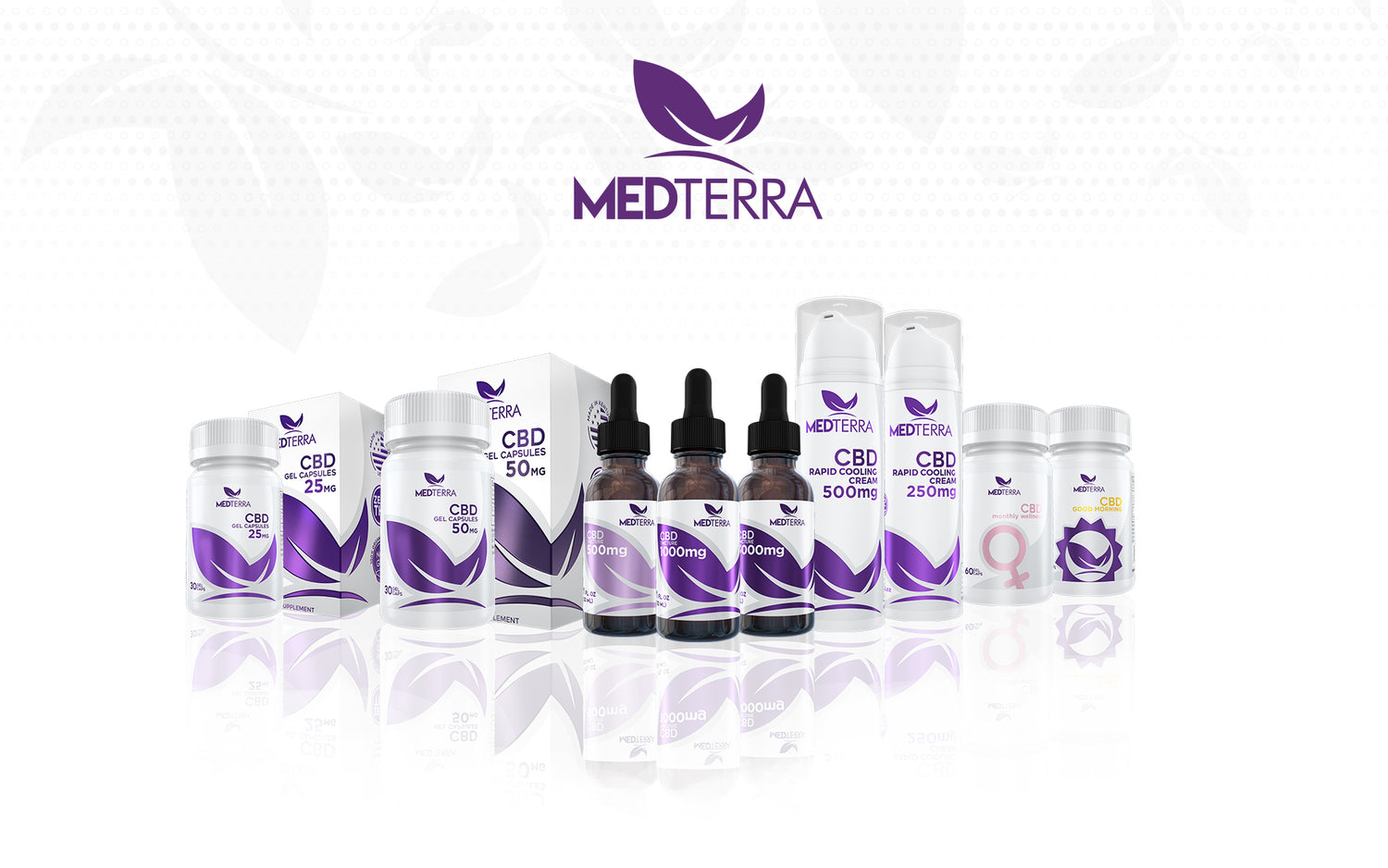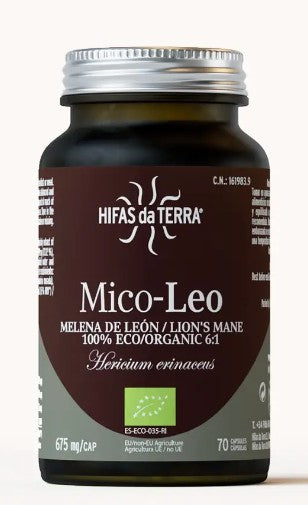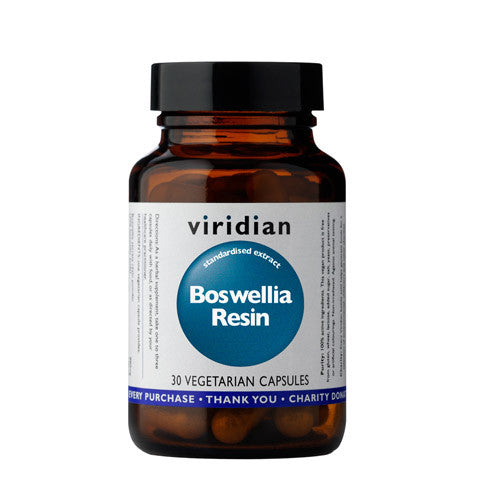Conjunctivitis, also known as Pinkeye, is an inflammation of the conjunctiva, the membrane that lines the eyelid and wraps around to cover most of the white of the eye. The eyes may appear swollen and bloodshot; they are often itchy and irritated. Because the infected membrane is often filled with pus, the eyelids are apt to stick together after being closed for an extended period of time (such as when sleeping). Factors that can contribute to conjunctivitis include bacterial infection, injury to the eye, such as fumes, smoke, contact lens solutions, chlorine from swimming pools, chemicals, makeup, or any other foreign substance that enters the eye.
Bacterial Conjunctivitis: is characterized by swelling of the lid, sometimes a scratchy feeling in the eye, and itching of the lids, especially in the mornings upon awakening. Often both eyes are involved. Eyelids are often matted shut.
Viral Conjunctivitis: Lids and sclera are moderately red. There is irritation, burning and swollen lids. There are also symptoms of cold or a fever.
Homeopathic remedies
Arsenicum album: This remedy is used if there is a burning sensation with a clear discharge, or if the eyes are sensitive to light with swelling around the eyes.
Hepar sulph: When the eyes feel sore or bruised, with inflammation and burning pain, or a feeling as if the eyes are being pulled back into the head, this remedy may be indicated. Yellow discharge can stick the eyelids shut, especially in the morning. Warm compresses, and warmth in general, often ease discomfort. Extreme sensitivity to cold, as well as to light and noise, is often seen. The person may be very irritable and touchy.
Pulsatilla: Conjunctivitis with thick, yellow, itchy discharge (often accompanying a cold or the measles) suggests a need for this remedy. The person is emotional and sensitive, feeling worse from warmth and in stuffy rooms, and relieved by cool fresh air.
Sulphur: This remedy may be helpful if the eyes are very red and irritated, with burning, smarting, sticking pains and a nagging itch. The whites of the eyes look red and bloodshot, and the tears feel hot. Symptoms are worse from heat, and light will hurt the eyes. The eyelids may look contracted, especially in the morning.
Dosage for homeopathic remedies is to take one dose and wait for a response. If improvement is seen, continue to wait and let the remedy work. If improvement lags significantly or has clearly stopped, another dose may be taken. The frequency of dosage varies with the condition and the individual. Suggested potency 30c twice daily or 12x four times daily. Bathing with diluted euphrasia (eyebright) is also helpful for cleansing the eye.
Recommended supplements include Vitamin A
100,000 IU daily for 1 month; then reduce to 25,000 IU daily. If you are pregnant, do not exceed 10,000 IU daily.
Vitamin A, vitamin C, and zinc all help to promote immunity, which is especially important in common viral conjunctivitis. Vitamin C 2,000-6,000 mg daily, in divided doses.Protects the eye from further inflammation. Enhances healing.
Zinc 50 mg daily. Do not exceed a total of 100 mg daily from all supplements. Enhances immune response. Use zinc gluconate lozenges or OptiZinc for best absorption.
PCO, also known as OPC, (oligomeric proanthocyanidin) is a very powerful antioxidant derived from pine bark needles or grape seeds. It works as an anti-inflammatory and against allergic reactions. When taken with vitamin C, the PCO enhances its effectiveness. The PCO will enhance healthy tissue growth. Take 100 mg 2x daily.
Herbs such as Chamomile, fennel, and/or eyebright herbal teas can be used to make hot compresses. Eyebright can also be taken orally in capsule or tea form. It is good for any eye irritation or inflammation. The tea can also be used to rinse the eyes.
The natural antibiotic goldenseal is especially beneficial if the conjunctivitis is caused by an infection. It is believed that the berberine in goldenseal is the active ingredient that fights infections. It can kill staph and strep bacteria, each of which may be a cause of conjunctivitis. Make a solution using 2 teaspoons of the herb to a cup of boiled water and use for a warm compress. May also be used as eyedrops, 2-3 drops, three times daily.
The best approach to treat conjunctivitis is to keep the eye as clean as possible and wash the infection away using one of the eyewashes mentioned. It may take a few days, but following these tips should clear it up.






